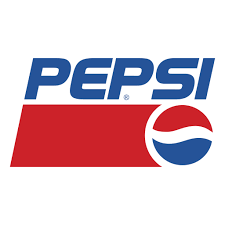- cross-posted to:
- cyberpunk@lemmy.villa-straylight.social
- technology@lemmy.world
- cross-posted to:
- cyberpunk@lemmy.villa-straylight.social
- technology@lemmy.world
Sure why not? Add to the delicious medley of microplastics and persistent organic pollutants, what could go wrong!



Contaminating food with semiconductors (especially food that’s expected to be heated to very high temperatures in some dishes, perfect for breaking down already non-edible chemicals into even more reactive pollutants and then actively drawing them out of the semiconductor to where it’s more readily absorbed by the intestines.) Look up some of the chemicals used to create the semiconductor effect in silicon. Arsenic is a really common one. It’s locked away in the silicon crystal and harmless when outside your body, but inside your body when exposed to the heat of cooking and then strong acid in your stomach, who knows?!
Making your own product worse to own the counterfeiters. One of the biggest reasons for avoiding counterfeit food is the higher risk of contaminants, well now that the genuine product is contaminated what’s the goddamn point?
Probably not preventing counterfeiters as in “they’re selling a block of flour and passing it off as cheese”, because you don’t need a chip to detect that. More like “it didn’t come from this very specific region in Italy by the established cheese monopoly, but it’s pretty much identical otherwise.” Protecting the brand and its profitability, not the consumer.
Literal fucking food DRM. Remember when this used to be satire?
Exactly!
Removed by mod
The food industry has used that line way too many times to be trusted.
I don’t think you know how this cheese works. The rind is edible. It has the strongest flavour, so it’s what’s used in sauces, etc. If you ever had parmesan in a sauce e.g. at a restaurant, you ate the rind. Hence the need to put an edible microchip in it – because people are expected to eat it.
Removed by mod
Sorry for my hostility. I get upset when companies pull stunts like this. Monopoly rent on flavour is a sin.
Removed by mod
Look up a Mornay sauce.
Basically, it’s a bechamel sauce with cheese added to it. It can be any cheese, but Parmigiano is common. Very simple to make.
It’s also common when cooking at home to save the rind for soups and stews. It gives it extra umami.
The rind is often used in cooking, as a source of umami for soups and so on.
Cauliflower, cheddar, and parmesan soup with parmesan croutons mmm